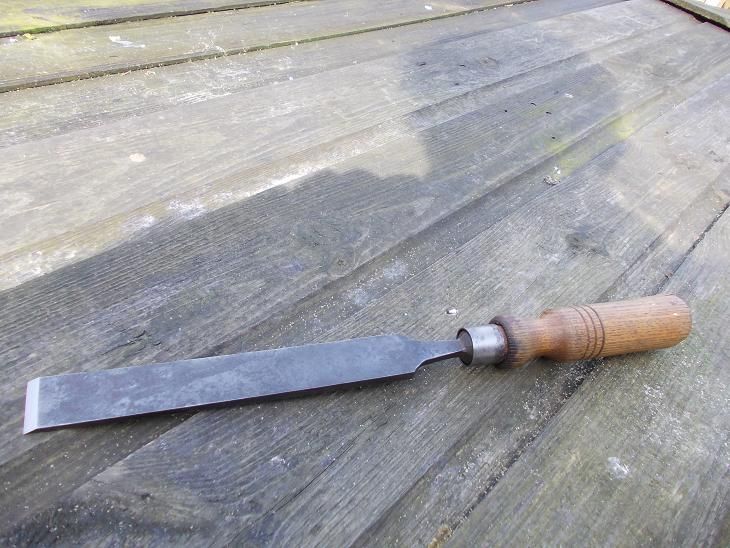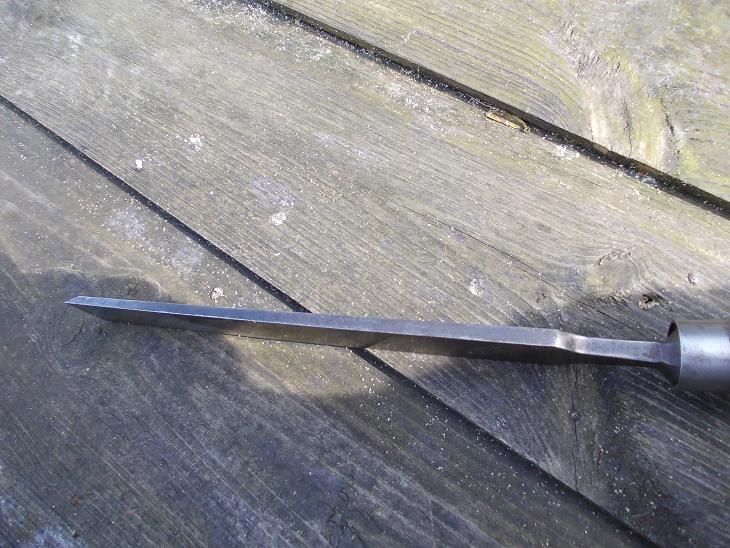bugbear
Established Member
Hasluck's mega-tome, (1903) shows the Marples catalogue shot, including b/e.
I had a little more luck in George Ellis' "Modern Practical Joinery" (1908).
Ellis differentiates by mode of use, and describes a paring chisel as one used in a continuous motion. He says that "...the better forms have bevelled edges".
Which rather implies the existence of non bevel edged paring chisels, a breed long gone. So I would infer that Ellis was writing in a transition period.
Ellis describes firmers chisels as general purpose tools, shorter, and strong enough to be struck with a mallet. These are not bevel edged.
BugBear
I had a little more luck in George Ellis' "Modern Practical Joinery" (1908).
Ellis differentiates by mode of use, and describes a paring chisel as one used in a continuous motion. He says that "...the better forms have bevelled edges".
Which rather implies the existence of non bevel edged paring chisels, a breed long gone. So I would infer that Ellis was writing in a transition period.
Ellis describes firmers chisels as general purpose tools, shorter, and strong enough to be struck with a mallet. These are not bevel edged.
BugBear











